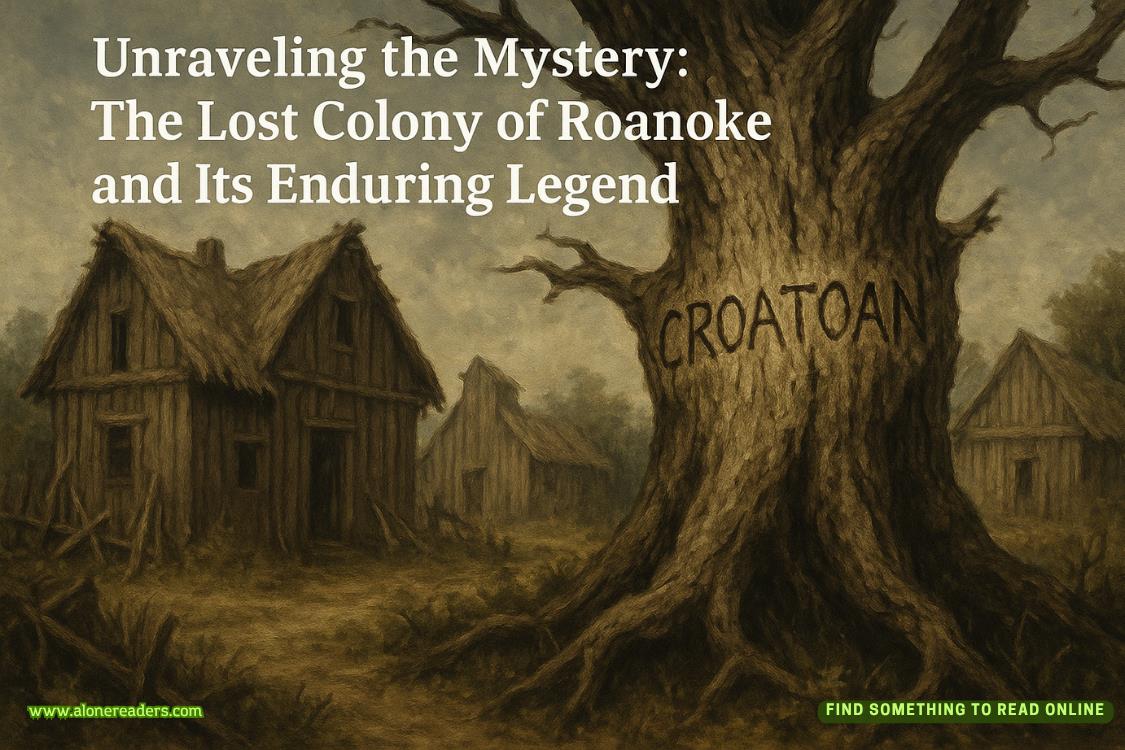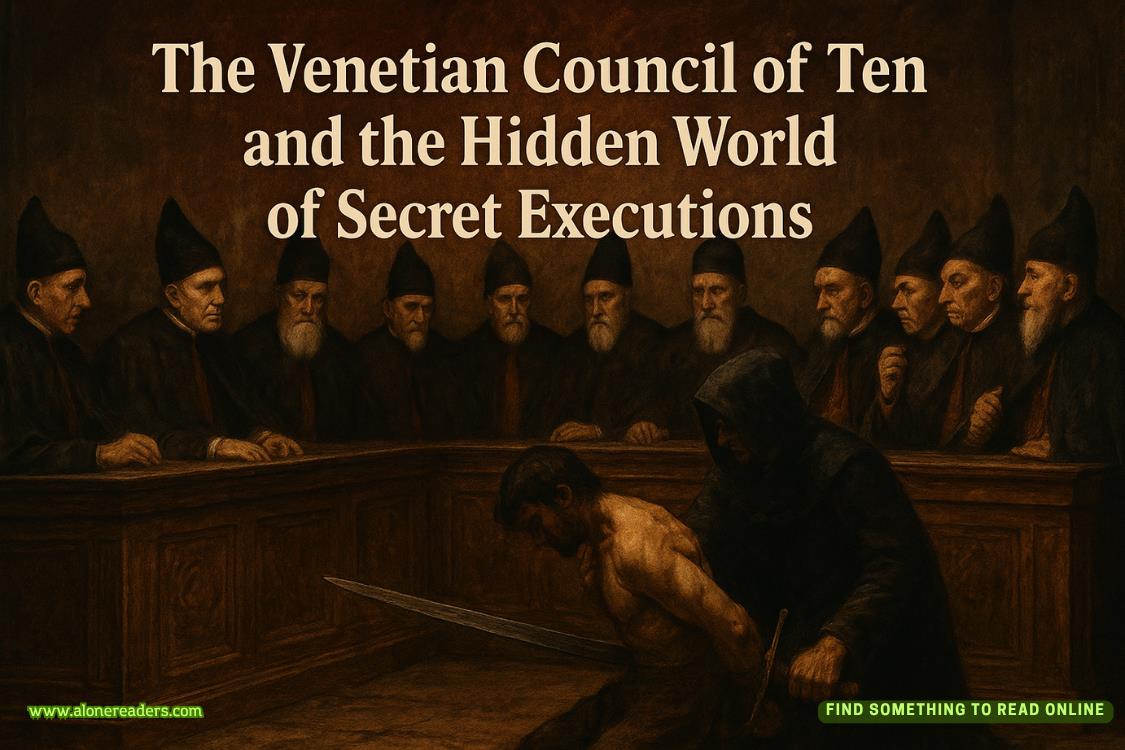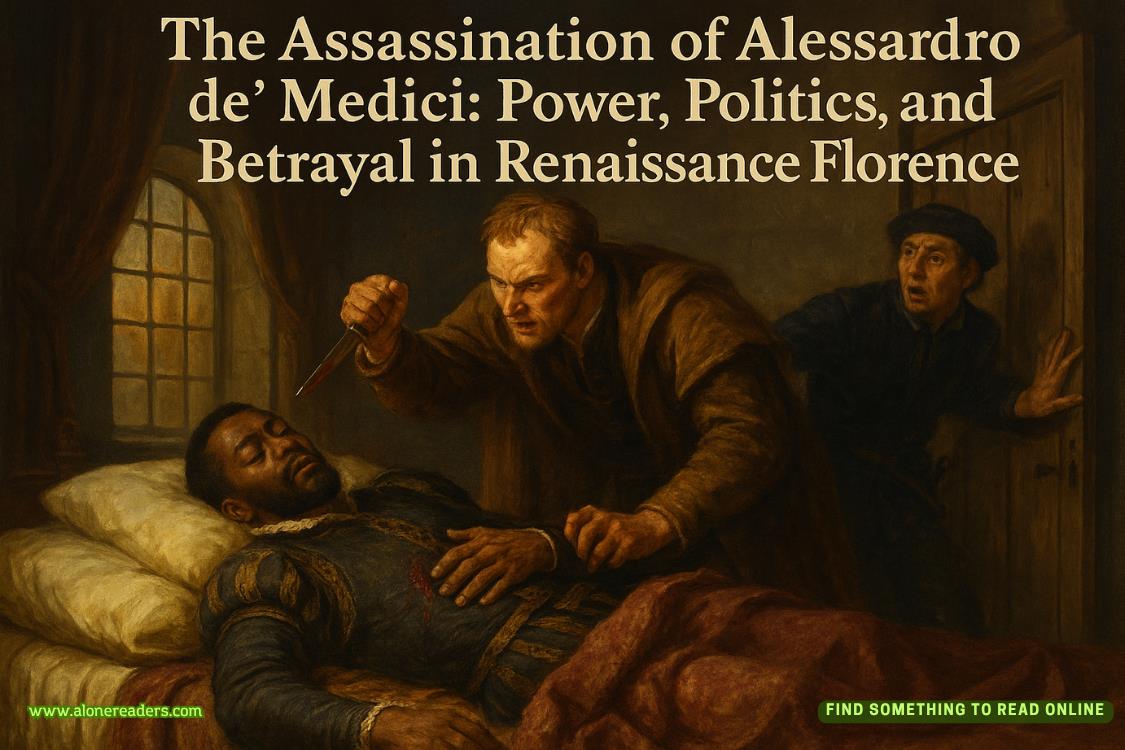Page 2 of Firespell (The Dark Elite 1)
Goodbye, “New York State of Mind.”
Pete Wentz said it best in his song title: “Chicago Is So Two Years Ago.”
Two hours and a tiny bag of peanuts later, I was in the 312, greeted by a wind that was fierce and much too cold for an afternoon in early September, Windy City or not. My knee-length skirt, part of my new St. Sophia’s uniform, didn’t help much against the chill.
I glanced back at the black-and-white cab that had dropped me off in front of the school’s enclave on East Erie. The driver pulled away from the curb and merged into traffic, leaving me there on the sidewalk, giant duffel bag in my hands, messenger bag across my shoulder, and downtown Chicago around me.
What stood before me, I thought as I gazed up at St. Sophia’s School for Girls, wasn’t exactly welcoming.
The board members had told me that St. Sophia’s had been a convent in its former life, but it could have just as easily been the setting for a gothic horror movie. Dismal gray stone. Lots of tall, skinny windows, and one giant round one in the middle. Fanged, grinning gargoyles perched at each corner of the steep roof.
I tilted my head as I surveyed the statues. Was it weird that nuns had been guarded by tiny stone monsters? And were they supposed to keep people out . . . or in?
Rising over the main building were the symbols of St. Sophia’s—two prickly towers of that same gray stone. Supposedly, some of Chicago’s leading ladies wore silver rings inscribed with an outline of the towers, proof that they’d been St. Sophia’s girls.
Three months after my parents’ revelation, I still had no desire to be a St. Sophia’s girl. Besides, if you squinted, the building looked like a pointy-eared monster.
I gnawed the inside of my lip and scanned the other few equally gothic buildings that made up the small campus, all but hidden from the rest of Chicago by a stone wall. A royal blue flag that bore the St. Sophia’s crest (complete with tower) rippled in the wind above the arched front door. A Rolls-Royce was parked on the curved driveway below.
This wasn’t my kind of place. This wasn’t Sagamore. It was far from my school and my neighborhood, far from my favorite vintage clothing store and favorite coffeehouse.
Worse, given the Rolls, I guessed these weren’t my kind of people. Well, they used to not be my kind of people. If my parents could afford to send me here, we apparently had money I hadn’t known about.
“This sucks,” I muttered, just in time for the heavy double doors in the middle of the tower to open. A woman—tall, thin, dressed in a no- nonsense suit and sensible heels—stepped into the doorway.
We looked at each other for a moment. Then she moved to the side, holding one of the doors open with her hand.
I guessed that was my cue. Adjusting my messenger bag and duffel, I made my way up the sidewalk.
“Lily Parker?” she asked, one eyebrow arched questioningly, when I got to the stone stairs that lay before the door.
I nodded.
She lifted her gaze and surveyed the school grounds, like an eagle scanning for prey. “Come inside.”
I walked up the steps and into the building, the wind ruffling my hair as the giant doors were closed behind me.
The woman moved through the main building quickly, efficiently, and, most noticeably, silently. I didn’t get so much as a hello, much less a warm welcome to Chicago. She hadn’t spoken a word since she’d beckoned me to follow her.
And follow her I did, through lots of slick limestone corridors lit by the tiny flickering bulbs in old-fashioned wall sconces. The floor and walls were made of the same pale limestone, the ceiling overhead a grid of thick wooden beams, gold symbols painted in the spaces between them. A bee. The flowerlike shape of a fleur-de-lis.
We turned one corner, then another, until we entered a corridor lined with columns. The ceiling changed, rising above us in a series of pointed arches outlined in curved wooden beams, the spaces between them painted the same blue as St. Sophia’s flag. Gold stars dotted the blue.
It was impressive—or at least expensive.
I followed her to the end of the hallway, which terminated in a wooden door. A name, MARCELINE D. FOLEY, was written in gold letters in the middle of it.
When she opened the door and stepped inside the office, I assumed she was Marceline D. Foley. I stepped inside behind her.
The room was darkish, a heavy fragrance drifting up from a small oil burner on a side table. A gigantic, circular stained glass window was on the wall opposite the door, and a massive oak desk sat in front of the window.
“Close the door,” she said. I dropped my duffel bag to the floor, then did as she’d directed. When I turned around again, she was seated behind the desk, manicured hands clasped before her, her gaze on me.
“I am Marceline Foley, the headmistress of this school,” she said. “You’ve been sent to us for your education, your personal growth, and your development into a young lady. You will become a St. Sophia’s girl. As a junior, you will spend two years at this institution. I expect you to use that time wisely—to study, to learn, to network, and to prepare yourself for academically challenging studies at a well-respected university.
“You will have classes from eight twenty a.m. until three twenty p.m., Monday through Friday. You will have dinner at precisely five o’clock and study hall from seven p.m. until nine p.m., Sunday through Thursday. Lights-out at ten o’clock. You will remain on the school grounds during the week, although you may take your exercise off the grounds during your lunch breaks, assuming you do not leave the grounds alone and that you stay near campus. Curfew is promptly at nine p.m. on Friday and Saturday nights. Do you have any questions?”
I shook my head, which was a fib. I had tons of questions, actually, but not the sort I thought she’d appreciate, especially since her PR skills left a lot to be desired. She made St. Sophia’s sound less like boarding school and more like prison. Then again, the PR was lost on me, anyway. It’s not like I was there by choice.
“Good.” Foley pulled open a tiny drawer on the right-hand side of her desk. Out of it she lifted an antique gold skeleton key—the skinny kind with prongs at the end—that was strung from a royal blue ribbon.
“Your room key,” she said, and extended her hand. I lifted the ribbon from her palm, wrapping my fingers around the slender bar of metal. “Your books are already in your room. You’ve been assigned a laptop, which is in your room, as well.”
She frowned, then glanced up at me. “This is likely not how you imagined your junior and senior years of high school would be, Ms. Parker. But you will find that you have been bestowed an incredible gift. This is one of the finest high schools in the nation. Being an alumna of St. Sophia’s will open doors for you educationally and socially. Your membership in this institution will connect you to a network of women whose influence is international in scope.”















